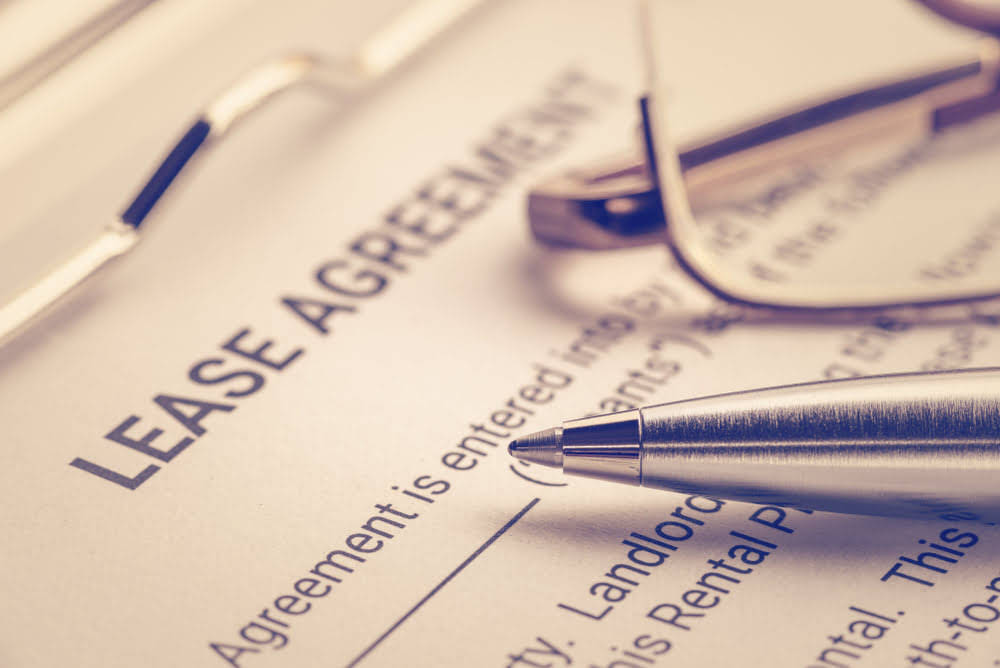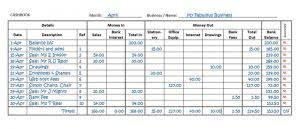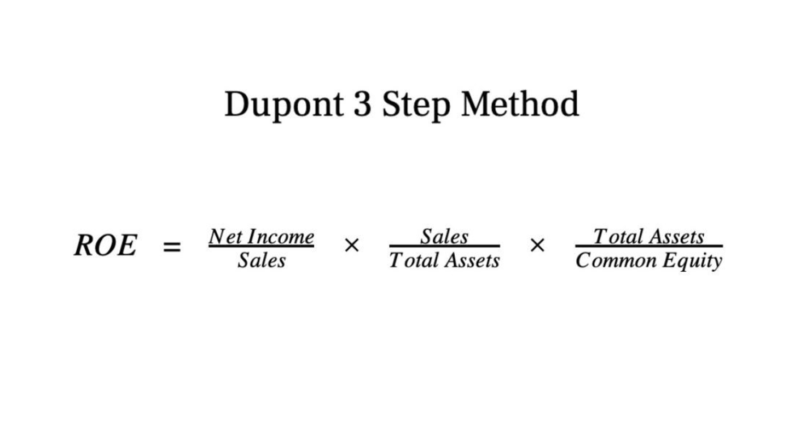
The Basic Accounting Equation is also known as the balance sheet equation. In above example, we have observed the impact of twelve different transactions on accounting equation. Valid financial transactions always result in a balanced accounting equation which is the fundamental characteristic of double entry accounting (i.e., every debit has a corresponding credit).
Would you prefer to work with a financial professional remotely or in-person?

From the Statement of Stockholders’ Equity, Alphabet’s share repurchases can be seen. Their share repurchases impact both the capital and retained earnings balances. Equity is named Owner’s Equity, Shareholders’ Equity, or Stockholders’ Equity on the balance sheet. Business owners with a sole proprietorship and small businesses that aren’t corporations use Owner’s Equity. Corporations with shareholders may call Equity either Shareholders’ Equity or Stockholders’ Equity.

Everything You Need To Master Financial Statement Modeling
- All basic accounting formulas discussed throughout this post highlight the importance of double-entry bookkeeping.
- This equation is the foundation of modern double entry system of accounting being used by small proprietors to large multinational corporations.
- Below, we’ll cover the fundamentals of the accounting equation and the top business formulas that businesses should know.
- For example, if a company buys a $1,000 piece of equipment on credit, that $1,000 is an increase in liabilities (the company must pay it back) but also an increase in assets.
An asset is a resource that is owned or controlled by the company to be used for future benefits. Some assets are tangible like cash while others are theoretical or intangible like goodwill or copyrights. Like any stage of life, retirement can have its ups and downs. The goal of planning and investing for the future is to remove financial anxiety from the equation once the primary income ceases. If you can sleep well at night, unbound from the fear of exhausting resources, you can instead focus on the perks, passions, and peace that are there for the taking.
Example Transaction #8: Payment of Accounts Payable
As expected, the sum of liabilities and equity is equal to $9350, matching the total value of assets. So, as long as you account for everything correctly, the accounting equation will always balance no matter how many transactions are involved. The accounting method under which revenues are recognized on the income statement when they are earned (rather than when the cash is received). The equation is generally written with liabilities appearing before owner’s equity because creditors usually have to be repaid before investors in a bankruptcy. In this sense, the liabilities are considered more current than the equity.
Double Entry Accounting System
It can be defined as the total number of dollars that a company would have left if it liquidated all of its assets and paid off all of its liabilities. Unfortunately, there is no magic formula or secret shortcut to accumulating wealth. While time, patience, and planning may not sound as exciting as news about the hottest new stock, it can do much of the heavy lifting for you in retirement.
What Happens if the Accounting Equation Is Not Balanced?

The balance sheet is also known as the statement of financial position and it reflects the accounting equation. The balance sheet reports a company’s assets, liabilities, and owner’s (or stockholders’) equity at a specific point in time. Like the accounting equation, it shows that a company’s total amount of assets equals the total amount of liabilities plus owner’s (or stockholders’) equity. The accounting equation is based on the premise that the sum of a company’s assets is equal to its total liabilities and shareholders’ equity. As a core concept in modern accounting, this provides the basis for keeping a company’s books balanced across a given accounting cycle.
- Single-entry accounting does not require a balance on both sides of the general ledger.
- The accounting equation relies on a double-entry accounting system.
- So, as long as you account for everything correctly, the accounting equation will always balance no matter how many transactions are involved.
- Balance Sheets shown above and the Income Statement and detailed Statement of Stockholder’s Equity in this section.
- Without the balance sheet equation, you cannot accurately read your balance sheet or understand your financial statements.
This is how the accounting equation of Laura’s business looks like after incorporating the effects of all transactions at the end of month 1. In this example, we will see how this accounting equation will transform once we consider the effects of transactions from the first month of Laura’s business. The accounting equation shows the amount assets equal of resources available to a business on the left side (Assets) and those who have a claim on those resources on the right side (Liabilities + Equity). The combined balance of liabilities and capital is also at $50,000. Transaction #3 results in an increase in one asset (Service Equipment) and a decrease in another asset (Cash).
- Examples of assets include cash, accounts receivable, inventory, prepaid insurance, investments, land, buildings, equipment, and goodwill.
- The accounting equation matters because keeping track of each transaction’s corresponding entry on each side is essential for keeping records accurate.
- There will be plenty of speed bumps and potholes along the road to financial independence, and investors need mental endurance to stay the course.
- When you divide your net income by your sales, you’ll get your business’s profit margin.
- Stock prices fluctuate, sometimes rapidly and dramatically, due to factors affecting individual companies, particular industries or sectors, or general market conditions.
- Investment decisions should not be made solely based on information contained in this article.
Classification of Assets and Liabilities
We also show how the same transaction affects specific accounts by providing the journal entry that is used to record the transaction in the company’s general ledger. Ted is an entrepreneur who wants to start a company selling speakers for car stereo systems. After saving up money for a year, Ted decides it is time to officially start his business. He forms Speakers, Inc. and contributes $100,000 to the company in exchange for all of its newly issued shares. This business transaction increases company cash and increases equity by the same amount.
How to Build Conflict Resolution Skills: Case Studies and Examples
In the coming sections, you will learn more about the different kinds of financial statements accountants generate for businesses. Like any mathematical equation, the accounting equation can be rearranged and expressed in terms of liabilities or owner’s equity instead of assets. Before explaining what this means and why the accounting equation should always balance, let’s review the meaning of the terms assets, liabilities, and owners’ equity. Under all circumstances, each transaction must have a dual effect on the accounting transaction. For instance, if an asset increases, there must be a corresponding decrease in another asset or an increase in a specific liability or stockholders’ equity item. If a company’s assets were hypothetically liquidated (i.e. the difference between assets and liabilities), the remaining value is the shareholders’ equity account.

